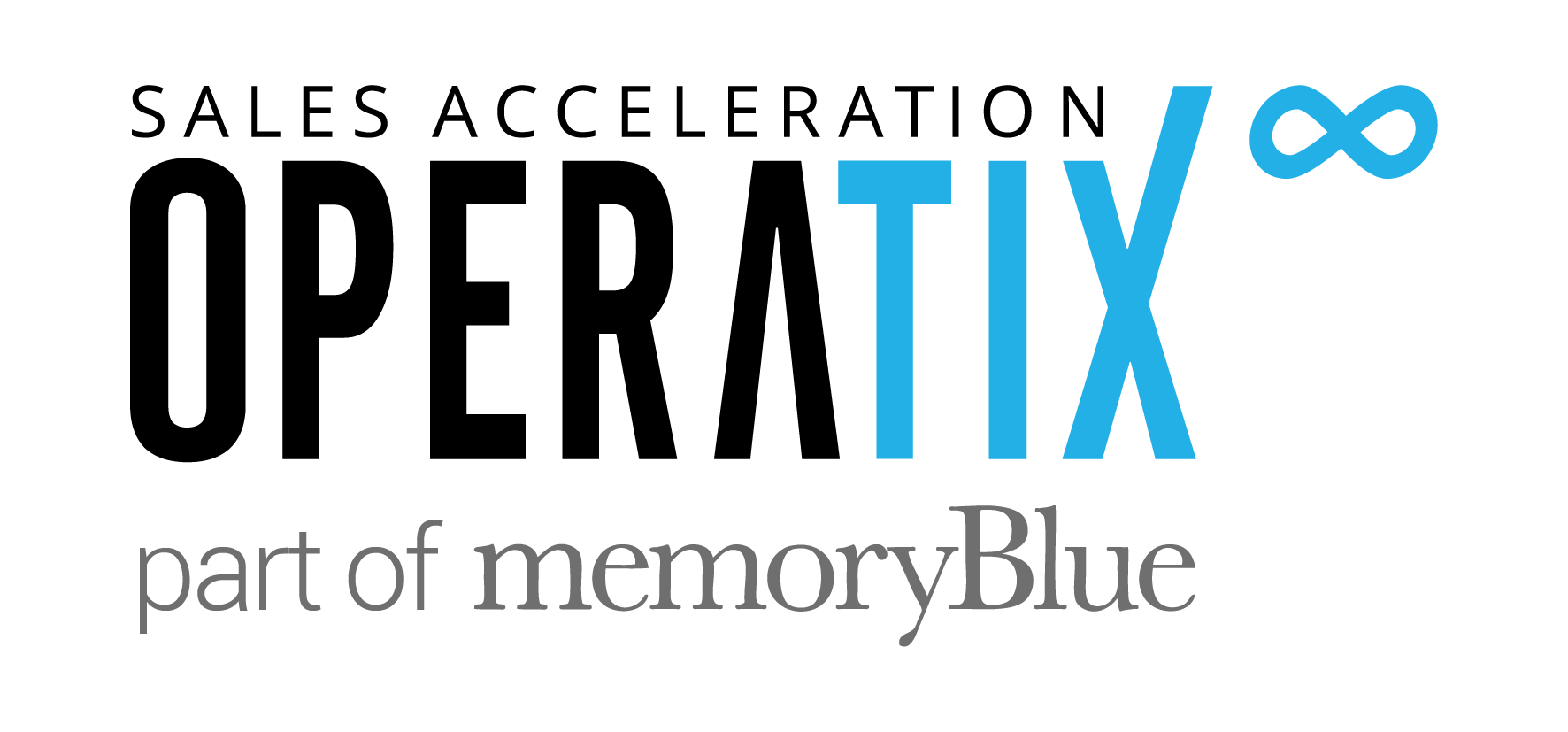Marketing at early-stage startups can be tricky.
On one hand, startups are looking to set organizational policies and practices that will establish a foundation for long term growth. On the other hand, there’s pressure from VCs and founders to grow at a dizzying pace.
Martina Lauchengco has some wonderful insights on the subject.
She’s an operating partner at Costanoa Ventures, where they’re investing in B2B Saas, data, cybersecurity, infrastructure, vertical SaaS applications, and aquafarming. She offered some frank advice to early-stage startups on our B2B Revenue Acceleration Podcast.
Here are some of the highlights from that interview:
4 phases of early-stage startups:
Martina said there are 4 phases of early-stage startups, and successful startups must progress through all of them, and understand all of them if they are to find continual successful growth.
Phase 1: Founder selling
In phase 1, the key issues you are trying to understand and identify are:
- What does this market need?
- What problems can I solve?
- What are the right ways to go to this market?
The answers to these questions will guide how the product is built.


The most important thing is to have an intersection between thoughtful ways of disrupting an industry – then to go to market in a differentiated way.
Martina Lauchengco – Operating Partner at Costanoa Ventures
Phase 2: Product-market fit validation
In this phase, you will have one or many “MVP” ideas out in the market (based on your understanding and research from phase 1). You are receiving some validation on whether those ideas are going to be adopted by the market.
Something to remember: The goal isn’t just to have people say, “Yeah, that product would be useful.” Frankly, people are nice. So, hearing, “That would be useful,” doesn’t signal a product that would be rapidly adopted by the market in general.
It’s imperative that the bar is higher, because, in today’s rapidly evolving marketplace, 20 other people with 20 other ideas are targeting the same segment you are.
The attitude you want to hear from a market is: “I need to buy that right now — my life would be changed if I had that product.”
Phase 3: Go-to-market fit validation
This could also be called “determining the who.”
Phase 2 and phase 3 are not necessarily sequential — because, often, who you are talking to determines whether and how a product will actually be adopted.
Once you can determine the who, you can design your messaging, content, and marketing around your buyers.
Phase 4: Scaling (gas to the fire)
This is the fun part you’ve been waiting for.
But Martina has some cautionary advice for startups excited to get to phase 4. (Read on below!)
Be wary of rushing to phase 4 too quickly
If there’s a mistake a newer company is likely to make, it’s rushing to phase 4 too quickly.
Often, a company will have some success by getting to $1MM rather quickly, perhaps from some very excited early adopters, who are maybe even colleagues from your field. Startups will often take this as the signal they’ve done everything correctly. But Martina says that, often, it’s not hard to get to $1MM. It’s the next $1MM to $2MM that’s difficult to reach.
So don’t misread a few early adopters as a signal you’ve completed phases 2 and 3.
Scale when you have demand + a repeatable sales process
The 2 things that could make or break phase 4:
- You need to determine true market-wide demand, making sure not to base demand on a few excited early adopters
- Have a repeatable sales process
Pro tip: The real litmus test of whether you can scale:
Do you have a sales process you can hand over to an average sales rep — not just a rockstar rep — that will consistently deliver conversion from one stage to the next?
The most successful company isn’t always the most disruptive
It would be easy to assume that the most successful companies are the most disruptive. But Martina said that’s not always the case
“I would say the single most important thing right now is to have an intersection between thoughtful ways of disrupting an industry — which is not necessarily the most disruptive technology — then to really go to market in a differentiated way.”


It’s not about being the most disruptive, it’s about understanding an industry, what its needs are, and then finding clever ways to apply technology.
Martina Lauchengco – Operating Partner at Costanoa Ventures
For example, one tech company in Costanoa’s portfolio was looking to break into the construction industry. To do so, they actually “downgraded” a piece of technology from drones to a simple snap-on GPS tech, which was applied to vehicles for tracking purposes.
This product (and company) was very successful because they considered their particular market — construction. Construction has traditionally lagged in technology evolution, so the important thing wasn’t massive disruption, it was ease of adoption and implementation.
On the flip side, a company in aqua farming has totally disrupted the normal way fisheries track data. Traditionally, a sample of 10 from a pen of up to 2,000 fish is caught in a net and surveyed, and the data extrapolated from the 10-fish sample.
But with the new aquafarming technology, data from all 2,000 fish can be captured using high-tech cameras. This is a completely disruptive product, but it’s finding tremendous success because it aligns with the goals of its market base.
This is an interview with Martina Lauchengco, an operating partner at Costanoa Ventures.
To hear this interview, and many more like it, you can subscribe to The B2B Revenue Acceleration Podcast on Apple Podcasts, on Spotify, or on our website.





